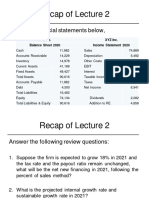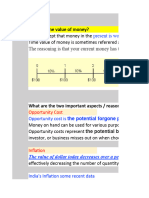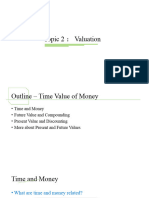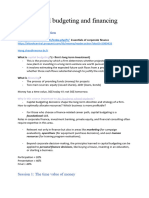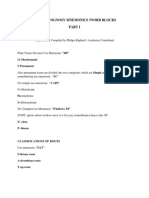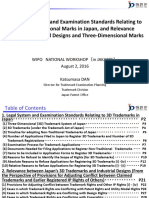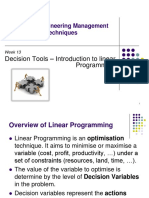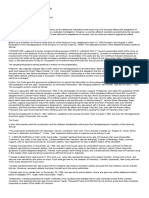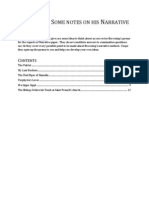0% found this document useful (0 votes)
22 views36 pagesUnit 1 e
The document discusses the concepts of value and return, focusing on the Time Value of Money (TVM) which emphasizes that money available today is worth more than the same amount in the future due to its potential earning capacity. It introduces cost-benefit analysis as a decision-making tool, highlighting the importance of adjusting cash flows for time and risk through methods like compounding and discounting. Additionally, it covers practical applications of TVM in financial decision-making, including calculating present and future values, and understanding interest rates such as APR and EAR.
Uploaded by
Naveen BharathCopyright
© © All Rights Reserved
We take content rights seriously. If you suspect this is your content, claim it here.
Available Formats
Download as PDF, TXT or read online on Scribd
0% found this document useful (0 votes)
22 views36 pagesUnit 1 e
The document discusses the concepts of value and return, focusing on the Time Value of Money (TVM) which emphasizes that money available today is worth more than the same amount in the future due to its potential earning capacity. It introduces cost-benefit analysis as a decision-making tool, highlighting the importance of adjusting cash flows for time and risk through methods like compounding and discounting. Additionally, it covers practical applications of TVM in financial decision-making, including calculating present and future values, and understanding interest rates such as APR and EAR.
Uploaded by
Naveen BharathCopyright
© © All Rights Reserved
We take content rights seriously. If you suspect this is your content, claim it here.
Available Formats
Download as PDF, TXT or read online on Scribd
/ 36

















